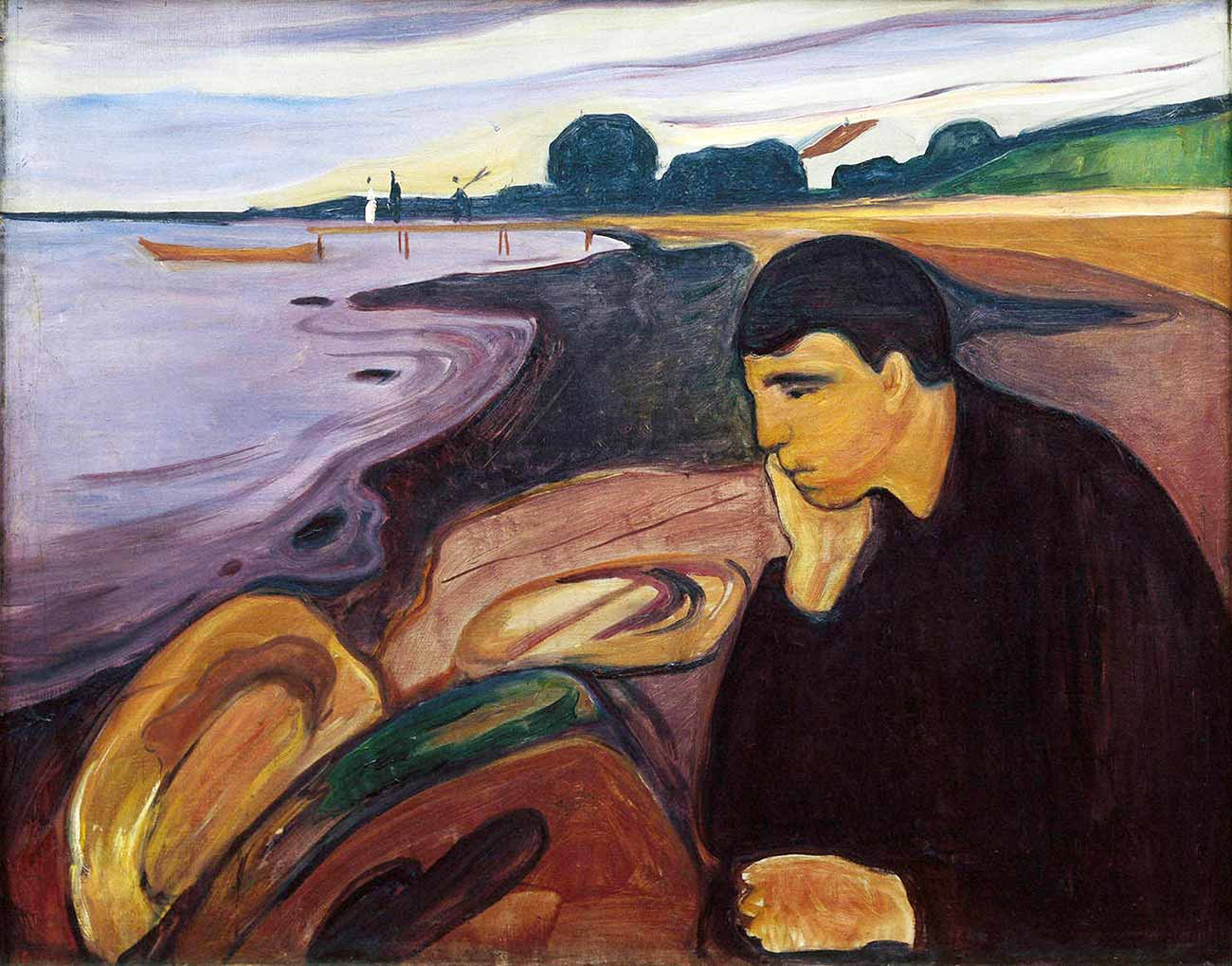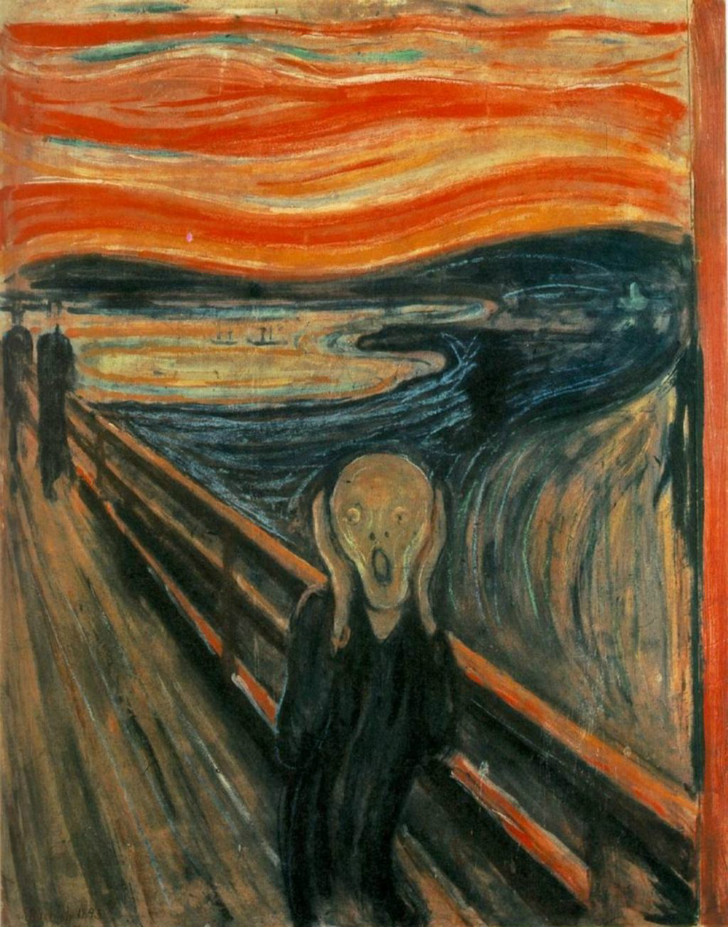Who is Edvard Munch, who made The Scream painting, where everyone who sees it is very impressed?
Edvard Munch, who never married, called his paintings "my children" and hated parting with them.

Edvard Munch was born in 1863 in a rustic farmhouse in the village of Adalsbruk in Loten, Norway. His father, Christian Munch, was a general practitioner married to Laura Catherine Bjolstad. The family, including sisters Johanne Sophie, Laura Catherine, Inger Marie, and brother Peter, lived in Akershus Fortress, a military precinct that was used as a prison at the time. His father was a paramedic here; They moved to Oslo in 1864.
Munch's mother died of tuberculosis in 1868, the same year Inger Marie was born. Within ten years, Munch's favorite sister, Sophie, only a year older than him and a talented young artist, also died of tuberculosis. Munch's father, a fundamentalist Christian, later experienced quasi-spiritual visions in which he interpreted the family as depression and tantrums.
Edvard Munch grew up in a household beset by periodic life-threatening illnesses and the premature deaths of his mother and sister. All of these were explained as acts of divine punishment by Munch's father, a Christian fundamentalist. This powerful matrix of coincidental tragic events and their fatalistic interpretation left a lifelong impression on the young artist and contributed decisively to his ultimate preoccupation with themes of anxiety, emotional suffering, and human frailty.
Munch intended his intense colours, semi-abstract and mysterious, often open-ended themes to function as symbols of universal significance. Thus, his drawings, paintings and prints become psychological talismans. Although they stem from Munch's personal experiences, they still carry the power to express and perhaps alleviate any audience's own emotional or psychological state.
Munch was hospitalized for a certain period of time as a result of severe anxiety attacks, sociophobia defined as fear of people and society, excessive alcohol consumption, delusions due to alcohol consumption, paranoid thoughts and actions.
Edvard Munch's Most Famous Works
The Sick Child (1885-86)
It is one of Munch's earliest works and is considered by the artist to be "a breakthrough" as it set the tone for his early career, where death, loss, anxiety, insanity, and the preoccupation of a troubled soul were the main subjects. Dedicated to his deceased sister, Johanne Sophie, the painting depicts a bedridden fifteen-year-old boy with a grieving woman beside him, the latter possibly a representation of Munch's mother, who had died of tuberculosis eleven years before Sophie did. The rough brushstrokes, scratched surface and melancholy tones of this painting all reveal a highly personal monument. The work was highly criticized for its "unfinished appearance" when it was first exhibited, but was nonetheless supported by Munch's spiritual mentor, Hans Jæger.
The Scream (1893)

This painting is among a select group, including Van Gogh's Starry Night, Picasso's Les Demoiselles d'Avignon, and Matisse's Red Studio. After visiting a mental institution where Munch's sister, Laura Catherine, is being held, the artist was suggested to take a walk on a road overlooking the city of Oslo. As Munch later recalled, “I was walking down the road with two of my friends; The sun went down, I was caught in a wave of melancholy. Suddenly the sky turned a crimson color. I stopped and leaned against the bars. The blazing sky hung like blood and sword above the blue fjord and the city. My friends continued on their way; I, on the other hand, stood there with great anxiety and felt like an endless scream in nature.”
Features of Edvard Munch Works
Edvard Munch was a prolific but constantly troubled artist, preoccupied with issues of human mortality such as chronic illness, sexual freedom, and religious aspiration. He expressed these obsessions with intense color, semi-abstraction and mysterious subject studies. Following the great triumph of French Impressionism, Munch embraced the more graphic, symbolist sensibility of the influential Paul Gauguin and in turn became one of the most controversial and ultimately famous artists among the next generation of continental Expressionist and Symbolist painters.
